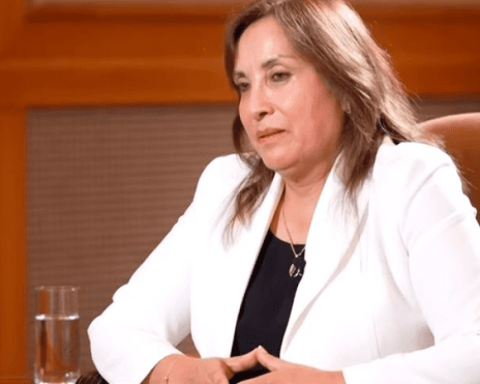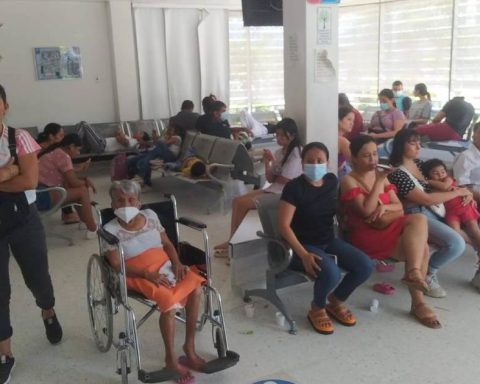In recent years, non-cash means of payment have registered significant increases, above all, thanks to the virtual banking or digital. With the arrival of the COVID-19 pandemic, the use of digital financial services was promoted throughout the world, and in Peru -according to the Central Reserve Bank of Peru (BCRP)-, the monthly average number of operations through virtual payments, in the Peruvian financial system, went from 13,575 in 2017 to 73,801 in 2021, meaning an increase of more than 400%.
This growth has not only occurred among people, but has also impacted the business world, mainly SMEs.
LOOK: Financial Education Day: 5 tips to be free of debt and achieve financial freedom
Along these lines, Karen Puskovitz, Commercial Manager of Openpay, highlights the importance for all people, and especially entrepreneurs, to know a series of terms that can help them grow a business and better understand the use and benefits of payments. digital.
Financial education to undertake
For Puskovitz, many entrepreneurs start their business without adequate financial education, thus ignoring the importance of planning, savings, sources of financing, credit management, as well as being up-to-date in economic matters, for a company. In this sense and within the framework of the Month of Financial Education, the specialist explains 6 financial concepts that every entrepreneur must know:
- Active. They are the material assets (such as computers, machinery or premises) or immaterial assets (such as trademarks and patents) that a company has for the normal development of its activity.
- Passives. It is the set of debts and obligations pending payment of a business. While the asset shows what a company has invested in, the liability reports on the origin of the funds to make said investments.
- Credit line. It is an amount of money that the bank gives to the owner of the current account, to be used when there are no funds in it. The line of credit represents a permanent credit to be used at any time and must be covered in the terms indicated in the contract between the client and the bank.
- Over-indebtedness. It is called the situation in which a person or company accumulates economic obligations that cannot be paid with available income. When talking about over-indebtedness, we can identify two types: passive, which is caused by unexpected situations, such as job loss, that prevent meeting financial commitments. The asset arises from assuming debts greater than the ability to pay.
- Return of investment. It is an indicator that allows evaluating the profitability of an investment. In other words, it allows analyzing whether the project or enterprise generated a profit.
- Net profit. It is the economic profit that a business receives. It contemplates the income obtained and the expenses that it was necessary to incur, in addition to the obligations that are had with third parties (payment of taxes, credits and others).
The commercial manager of Openpay Peru comments that the age of people, their educational level and their employment status influence the probability of paying on virtual platforms, according to a study by BCR economists. “It is important that our country continue to develop initiatives that contribute to reducing unequal gaps in financial matters. The financial system must provide, to people who want to undertake, tools that respond to their needs. Through Openpay Peru, we seek to provide people with clear, transparent and comprehensive solutions that generate trust, and through an easy and convenient experience.”, he assures.
RECOMMENDED VIDEO
:quality(75)/cdn.jwplayer.com/v2/media/zA7AI8gT/poster.jpg)


















